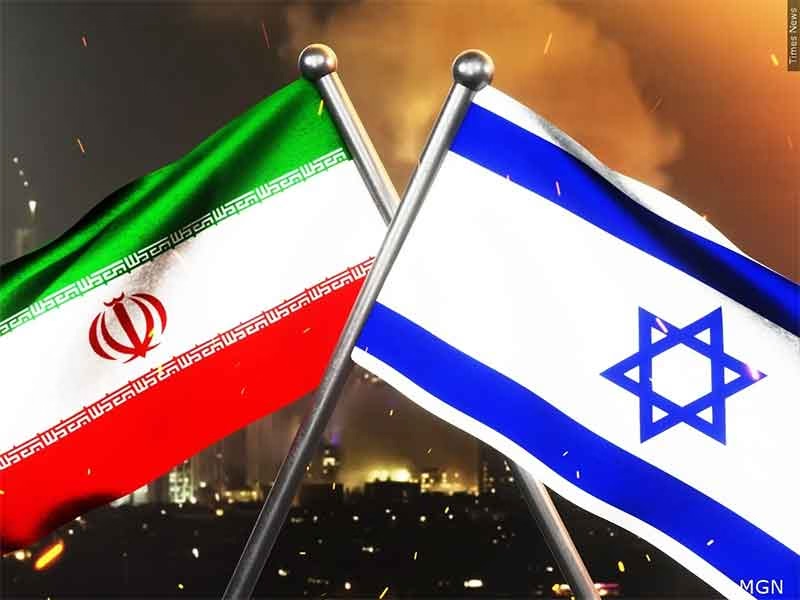T. V. Paul’s The India-Pakistan Conflict: An Enduring Rivalry is a seminal academic contribution to the study of protracted international conflicts, specifically in the context of South Asia’s most volatile bilateral relationship. Published by Cambridge University Press in 2005, the book examines why the India-Pakistan rivalry has persisted for over seven decades, defying the logic of reconciliation that has, in other cases, led to more stable outcomes among adversarial states. Paul, a renowned international relations theorist and professor at McGill University, situates this enduring rivalry within the broader literature on protracted conflicts, asymmetric rivalries, and strategic culture, offering a layered and data-rich narrative.

What makes the India-Pakistan case distinct, Paul argues, is its persistence in the face of significant systemic and domestic changes. Despite wars, crises, nuclear deterrence, changing regimes, and external pressures, the two states have failed to achieve sustained normalization. Paul frames the conflict not merely as a contest over territory—primarily Kashmir—but as an entrenched strategic rivalry shaped by identity, domestic politics, and the asymmetrical nature of state power between India and Pakistan.
A core thesis of the book is that asymmetry—India being the conventionally stronger state—has reinforced Pakistan’s reliance on unconventional strategies, including support for proxy groups and the leveraging of nuclear ambiguity. Paul details how this strategic calculus creates a “stability-instability paradox,” where the possession of nuclear weapons reduces the chances of full-scale war but emboldens lower-intensity conflict. He convincingly demonstrates how Pakistan’s institutional framework, particularly the military’s dominance over foreign policy and its quest for parity with India, perpetuates a security-driven state identity that leaves little room for long-term peace initiatives.
Paul’s methodology is rigorous. He integrates qualitative data with theoretical insights, placing India and Pakistan within a comparative framework. He draws parallels with other rivalries—such as the US-Cuba and Israel-Syria conflicts—but asserts that none quite match the intensity and duration of the South Asian case. The book also explores why peace efforts—like the Lahore Declaration or the Agra Summit—falter despite popular goodwill, emphasizing the fragility of political openings when the deeper structural conflict remains unresolved.
What the book does not do is offer simplistic solutions. Paul is cautious not to romanticize peace or demonize either party. While critical of Pakistan’s use of sub-conventional warfare, he also critiques India’s occasional diplomatic rigidity and underutilization of its regional influence to stabilize the neighborhood. He treats both states as actors constrained by historical legacies, national identity constructs, and domestic political pressures.
Importantly, The India-Pakistan Conflict: An Enduring Rivalry remains relevant in the post-9/11, post-Balakot, and post-Article 370 world. While it predates several recent developments, its theoretical grounding provides readers with a durable analytical toolkit to understand newer escalations. The insights into asymmetric rivalries, nuclear deterrence, and conflict persistence help unpack why both countries, despite global economic integration and evolving geopolitical alignments, remain locked in mutual suspicion.
The book is particularly valuable for scholars, policy analysts, and students of international relations, South Asian politics, and conflict resolution. Its academic clarity, combined with grounded case studies and strategic realism, makes it a vital reference text in understanding the complex India-Pakistan relationship without falling into ideological biases or partisan conclusions.
In sum, T. V. Paul’s work is a nuanced and intellectually honest engagement with one of the world’s most entrenched rivalries. It offers no false hope, but instead urges readers to confront the structural and ideational barriers to peace, reminding us that enduring rivalries demand more than diplomatic gestures—they require confronting the past, rethinking national narratives, and reshaping institutions that thrive on perpetual conflict.
Subscribe to Our Newsletter
Get the latest CounterCurrents updates delivered straight to your inbox.
Ashish Singh has finished his Ph.D. coursework in political science from the NRU-HSE, Moscow, Russia. He has previously studied at Oslo Metropolitan University, Norway; and TISS, Mumbai.














































